EcoDynamics
A downloadable asset pack
We inhabit a world where complex relationships and inter-dependencies among our actions and our environment exist and affect us. Such interactions are spread in both space and time such that local actions may have global consequences and the past may come to haunt us in the present and the future.
The identified need in this paper is the lack of explicit opportunities regarding reasoning about complex causal structures in education and the same is evident in the absence of mention and focus in school curricula all around the world. Even recent initiatives such as Partnership for 21st-century skills[1] that emphasize on redefining the goals of education have missed the important topic of Complex Causality, coming close only in their inclusion of systems thinking (Perkins, 2012). In terms of education research, there have been successful interventions such as NetLogo[2], Facing History and Ourselves[3], and ecoMUVE[4] that have targeted middle-schoolers and demonstrated considerable success concerning learning gains with this age group (Grotzer, 2012). Yet, these interventions have not been enough to foster sweeping changes in curriculum and pedagogy for the teaching of complex causality.
The current intervention is a video game for use primarily by English speaking middle-schoolers in public, private, and charter schools who have access to desktops, laptops, or tablets in school. While students may also play the game beyond their school time, the primary goal of the intervention is to have the game as one among the many foundational experiences which teachers can use to initiate explicit discussions and help construct shared understandings of reasoning about complex phenomena.
This game embeds complex causal reasoning in the context of a disease that is spreading in a city and has the potential to be an epidemic . The factors responsible for causing and spreading the disease are spread out in space and time and their identification requires constructing causal models and coherent narratives around them. The player in the game is a health expert who is sent to a city to check the spread of a new viral disease among humans and prevent it from turning into an epidemic. The player is provided a file on the disease: a description of the symptoms of the disease – breathing problems, fever, and the presence of a new virus. The goal in the game is to trace the root cause of the viral transmission and to chart a potential path of transmission from the root cause to the humans. The first level focuses on identifying the human-human and animal-human transmission link transmission link and keeping them in check. The second level provides access to inspect maps at different times to identify potential causes that are spread over time.
The identified mechanics of the game are as follows:
- Explore the game environment by moving around: this helps players to understand that causes and effects can be spread in space and that they need not be in the immediate environment
- Avoid coming in close contact with other people who might have the infection: the player might catch the disease by coming in close contact with another infected person
- Inspect objects and their properties: this helps players to understand that any object in the environment can have a potential role in producing an effect
- Select properties to form a model, arrange and rearrange objects and their properties and the link between them: this allows players to test their potential ideas and construct narratives about how the disease might be spreading
- Inspect maps: By visually inspecting maps at different times, players can see the geographic changes to the landscape and infer possible causes which are spread over time
- Make decisions: by implementing their model, players will be able to see the impact of their decisions and realize from the outcomes that simple actions can also have complex consequences
The aesthetics of the game include:
- Background music: that induce feelings of mystery, exploration, and lack of knowledge and that adds the feeling of excitement as the player makes progress in the identification of causal links
- Visual cues: that allow the player to identify some potential objects as causes (such as polluted air represented as brown, smoky air), reduced forest cover represented by chopped trees and dug pits and a sense of contrast between modernization and ecological imbalance
The dynamics of the game include:
- Heightened sensitivity to the environment around the player as the player realizes that different objects can be potential causes
- Going beyond the visible and near to probe for farther and invisible effects as the player realizes that multiple objects and their different properties can be responsible for the causes
- Playful experimentation through combination and recombination of different objects and their properties just to see the output the player gets
- Tension based on the changes in music and the creation of relatively successful models signifying progress
- Prediction – Simulation – Explanation – Discovery: by creating and running models, players will be able to provide a rationale for selecting different objects both at inspection as well as recommendation stage and by running the recommendation and observing the outcomes, they will be able to construct complex cause and effect narratives.
When a player starts the game, they find themselves in a city that they can explore and can inspect specific objects (many different ones but not all). The player must avoid coming in close contact with another other people who have the infection. Failing to do so results in the player getting infected and dying. Inspecting an object allows them to access the properties of the objects. The game's visual cues help the player to make the inspecting choices. The player has the option to select one or more objects to inspect at the same time and also can select one or all of the objects’ properties that they think might be contributing to the disease and create a linked map of the same. They can then run the model to check for fit with the observed data. Each of these properties has an associated weight with them shows that different events or actions may or may not be contributing with different magnitudes. For example, if a player selects a factory, they might get options such as “emits greenhouse gases”, “discharges pollutants to the river”, “has long work times for its employees”, etc. and if the player selects the first two options and runs the model, then they might get a response that “the data show a strong correlation between those infected and those working or living near the factory, the data shows a weak correlation between those infected and those who have their water supply from the river.” Based on this output they can decide either to modify their model or to use their model to recommend actions associated with each property of the objects. Each decision leads to different outcomes. For example, if the player selects “Recommend the city to impose stricter regulations for greenhouse gas emission”, then they get the message such as:
Stricter greenhouse gas emission improved air quality and fewer people had breathing issues. There was a very small drop in the number of new infection cases (Congratulations!), but the spread was not checked, and the disease turned into an epidemic It seems like there is more to this!
Alternatively, if the player selected “Recommend the city to impose reduced work hours for the factory’s employees”, they would have got a message such as
Reduced work hours for employees allowed the employees to have more time for themselves and their family and they were satisfied.
The factory output reduced, and the factory incurred losses because of which the factory has started firing some employees.
There was a very small drop in the number of new infection cases (Congratulations!), but the spread was not checked, and the disease turned into an epidemic It seems like there is more to this!
The player thus looks for different objects spread in space and time that may be contributing to the spread and constructs a narrative about the cause-effect chain.
Representing causal factors and their spread over space was relatively easy. This was done by assigning different objects in the environment with properties that could be inspected and associating each property with different weights that could be viewed as more directly or indirectly contributing to the disease transmission. Another simple design for avoiding the confusion between correlation and causation was allowing players to change each property of an object and see the effects it has on the overall situation. This allows players to manipulate individual variables and see the consequences of their actions, thus being able to make distinctions between events that may be correlated and those that may be causally influencing each other.
On the other hand, one major design challenge was to visualize a concrete way to represent causal factors that are spread over time. Epidemiologists who work in the field of identifying disease ecologies spend extended periods of time on collecting data and building models to construct space and time-based causal narratives that may fit the data. This was difficult to do in the game and one clever way of presenting this time-dependent causality in the game was identified by Prof. Holbert as presenting multiple maps of the city that are created over different times and thus can show change over time. This may help players develop a perceptual basis for their inferences and they can test the same using their models. Another major challenge is providing learners experience in the data collection and model building exercise. One way around it was to allow them to construct causal maps where different properties of objects could be linked to the disease and each of these properties could have a weight associated with it which provides players with a qualitative view of their model’s success. Additionally, it would be interesting in the future to allow them to have a simulation experience inside the game where they could run a simulation on their models and infer ideas about their model.
References:
- Grotzer, T. (2012). Learning Causality in a Complex World: Understandings of Consequence. Rowman & Littlefield Education.
- Perkins, D. (2012). Preface. In Grotzer, T. (2012). Learning Causality in a Complex World: Understandings of Consequence. Rowman & Littlefield Education.
Game Resources:
- https://www.youtube.com/watch?v=Tc4ijzjplZs&list=RDCMUCKCKHxkH8zqV9ltWZw0JFig&start_radio=1&t=7
- https://www.youtube.com/watch?v=BiiOiYXiSbI
- http://gaurav.munjal.us/Universal-LPC-Spritesheet-Character-Generator/
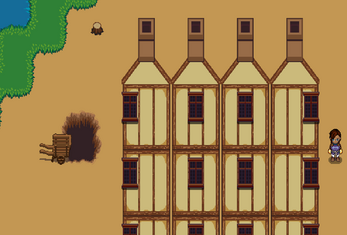
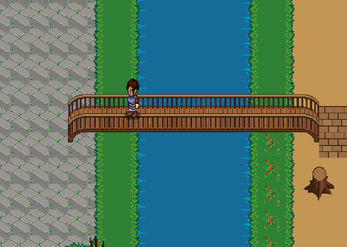
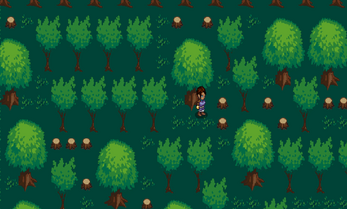
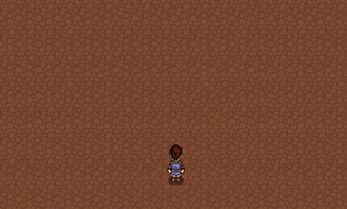
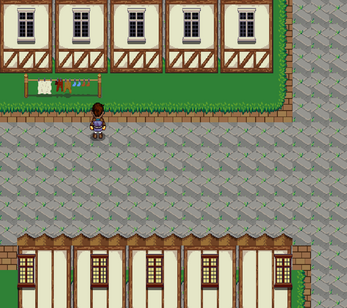
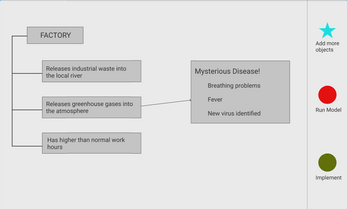
Leave a comment
Log in with itch.io to leave a comment.